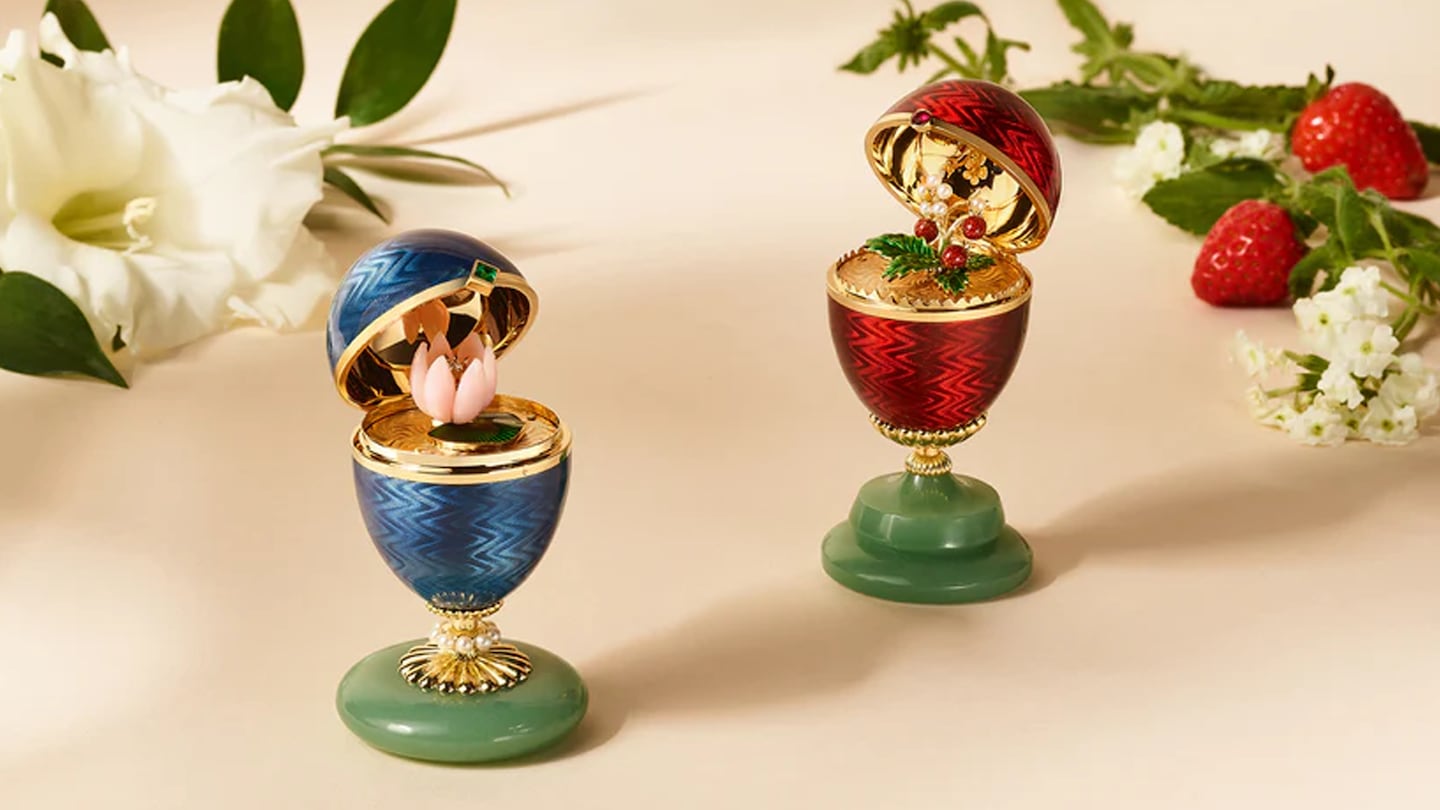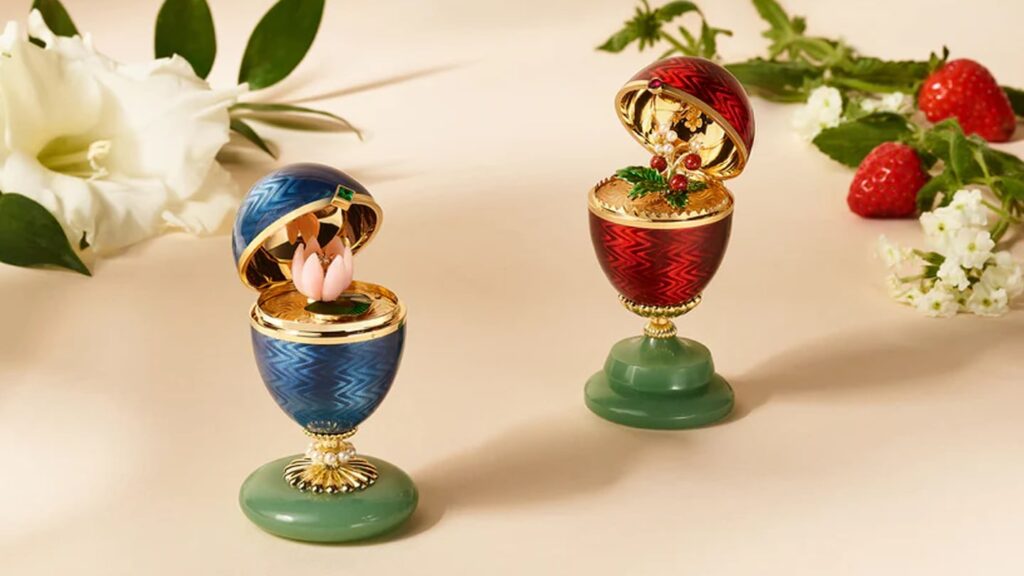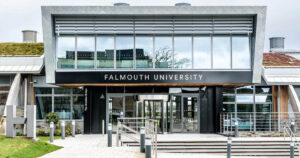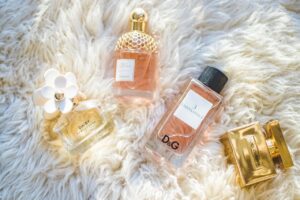Tech entrepreneur Sergei Mosunov has acquired Fabergé from Gemfields, in a $50 million deal through his U.S.-based investment firm, SMG Capital. Gemfields will receive $45 million when the sale closes later this month and the remaining $5 million through quarterly royalty payments.

Faberge
Gemfields Group Limited, which bought Fabergé, the jeweller recognised for its imperial Russian Easter eggs, in 2013 for $142 million from the private equity company Pallinghurst, put the company up for sale in December 2024.
The struggling mining group has now agreed to sell its wholly owned luxury brand Fabergé to US-based investment firm SMG Capital LCC owned by technology investor Sergei Mosunov, in a $50m deal. The deal includes $45 million payable on completion, expected on 28 August 2025, and a further $5 million through quarterly royalty payments at 8% of Fabergé’s revenue.
Sean Gilbertson, Group CEO of Gemfields, commented: “Fabergé has played a key role in raising the profile of the coloured gemstones mined by Gemfields and we will certainly miss its marketing leverage and star power… Brands as iconic and beautiful as Fabergé do not change hands very often and we wish the team and Mr Mosunov every success as they perpetuate the unrivalled legacy of Fabergé.”
Sergei Mosunov, CEO and owner of SMG Capital LLC, commented: “It is a great honour for me to become the custodian of such an outstanding and globally recognised brand. Fabergé’s unique heritage, with ties to Russia, England, France and the USA, opens significant opportunities for further strengthening its position in the global luxury market and expanding its international presence. Fabergé will continue to focus on jewellery, accessories and timepieces”.
Fabergé: History of the iconic brand
In 1882 Peter Carl Fabergé took over his father’s jewellery business, and together with his brother Agathon, transformed it into an international luxury brand.
His father’s workmaster Hiskias Pendin acted as Peter Carl’s mentor. He became involved with cataloguing, repairing and restoring masterpieces in the court museum founded by Catherine the Great. This allowed him to study the forgotten techniques mastered by goldsmiths in antiquity. He later restored and repaired the 18th century objets d’art in the Collection.
Upon the death of Pendin in 1882, Peter Carl Fabergé took responsibility for running the company. Having seen the work at the Pan-Russian Exhibition in Moscow, the Tzar Alexander III ordered it to be displayed in the Hermitage as contemporary Russian craftsmanship. During 1885-1886, the Emperor commissioned the company to make an Easter Egg for his Empress. Fabergé was bestowed with the coveted title, ‘goldsmith by special appointment to the Imperial Crown’.
In 1888, The House of Fabergé exhibited hors concours at Nordic Exhibition, Copenhagen. In 1890, the St Petersburg premises doubled in size. Peter Carl received the title Appraiser of the Imperial Cabinet. The following year, Fabergé was awarded the State Emblem at the Pan-Russian Exhibition, Nizhny Novogorod. In 1896 the House of Fabergé exhibited hors concours at Nordic Exhibition, Stockholm and the House was granted a Royal Warrant by the Court of Sweden and Norway.
At the Exposition Internationale Universelle in Paris, although the House exhibited hors concours, it was awarded a gold medal and the city’s jewellers recognised Peter Carl Fabergé as maître. Additionally, he was appointed a Knight of the Legion of Honour. Two of Carl’s sons and his Head Workmaster were also honoured. The company moved into purpose-built premises at 24 Bolshaya Morskaya with workshops, a design studio, offices, Peter Carl’s apartment and showroom.
Between 1903-1906, The House of Fabergé expanded with a branch in London in 1903 and in Kiev in 1906. During the Great War, there was a fall in demand for luxury goods. Fabergé produced copper articles such as cruets, plates, mugs and snuffboxes. The workshops also made syringes and equipment for the military, including grenades. In 1915, as Russian capital tied in foreign operations had to be repatriated to Russia to finance the war, the Bond Street shop closed.
Following the Russian Revolution, the House was taken over by a ‘Committee of the Employees of the Company K. Fabergé’. In November, Peter Carl Fabergé left St Petersburg on the last diplomatic train for Riga from where he fled to Germany. In December, Eugène together with his mother, travelled to Finland. The Bolsheviks imprisoned Agathon and Alexander, the Fabergés’ two middle sons. In June 1920, Eugène travelled to Germany to take his father to Switzerland where other members of the family had taken refuge. Peter Carl Fabergé died in Pully in September.
Eugène, together with his brother Alexander settled in Paris. They establish Fabergé & Cie, which traded in and re-stored objects made by the House of Fabergé, as well as jewellery and objets d’art. The pieces they made were marked Fabergé, Paris so as to avoid any confusion with items made by the House in Russia. You can also Browse Website.
Samuel Rubin sold Fabergé Inc to George Barrie’s cosmetic company Rayette for US$26 million. The combined company was called Rayette-Fabergé Inc. In 1971 the company’s name reverted to Fabergé Inc. in 1984 Fabergé Inc was sold for US$180 million, three years later Fabergé Inc acquired Elizabeth Arden for US$700 million. In 1989 Unilever bought Fabergé Inc (including Elizabeth Arden) for US$1.55 billion. Noting that Sam Rubin had registered the name for jewellery in 1946, it registered the Fabergé name as a trademark across a wide range of merchandise. Additionally it changed the name of a subsidiary from Lever Brothers Limited to Lever Fabergé Limited.
In 1990 Victor Mayer GmbH began their relationship with Fabergé, becoming official work-masters. The company still create pieces for Fabergé today as work-masters rather than as licensees. The brand was relaunched by the Fabergé family in 2009 with the introduction of the ‘Les Fabuleuses’ High Jewellery collection. By 31st December 2012, all the licenses granted to third parties had lapsed or been terminated and the name no longer appeared on cleaning products.
Paying tribute to the legendary Imperial Eggs, Fabergé launched the inaugural Big Egg Hunt, which set two Guinness World Records and raised over $1.5 million for the Action for Children, and Elephant Family charities. Fabergé opened its first New York boutique on Madison Avenue.
Gemfields’, a world leading supplier of responsibly sourced coloured gemstones, acquires Fabergé with the aim to create a “globally recognised coloured gemstone champion”, building on Fabergé’s status as a “global brand with an exceptional heritage”.
Per Forbes: “Fabergé has been one of the most renowned jewellers in the world for almost 200 years but has seen revenue fall in recent years—it reported revenues of $13.4 million in 2024, down from $15.7 million the previous year and $17.6 million in 2022.”
Jasmeen Dugal is Associate Editor at FashionABC, contributing her insights on fashion, technology, and sustainability. She brings with herself more than two decades of editorial experience, working for national newspapers and luxury magazines in India.
Jasmeen Dugal has worked with exchange4media as a senior writer contributing articles on the country’s advertising and marketing movements, and then with Condenast India as Net Editor where she helmed Vogue India’s official website in terms of design, layout and daily content. Besides this, she is also an entrepreneur running her own luxury portal, Explosivefashion, which highlights the latest in luxury fashion and hospitality.











